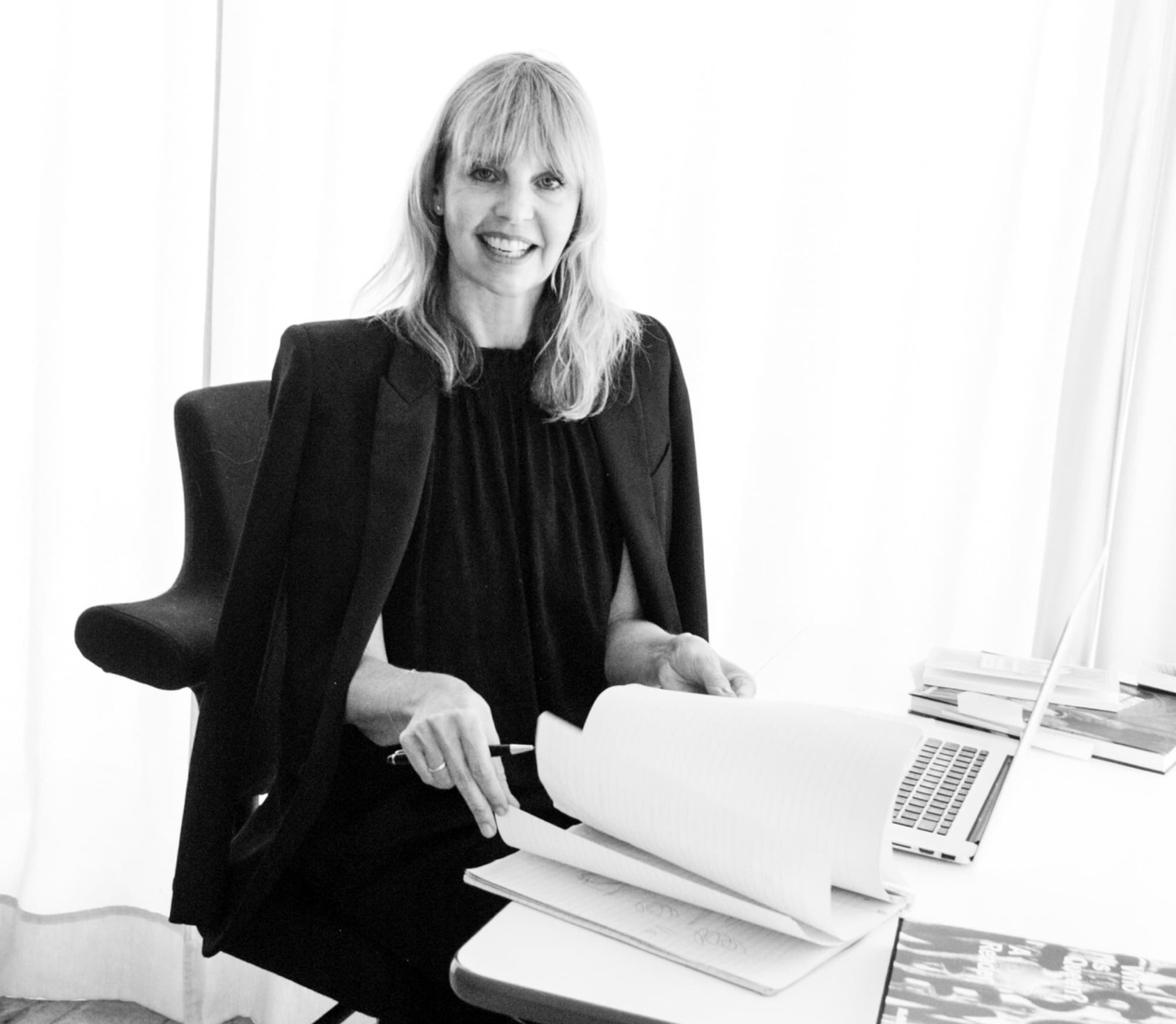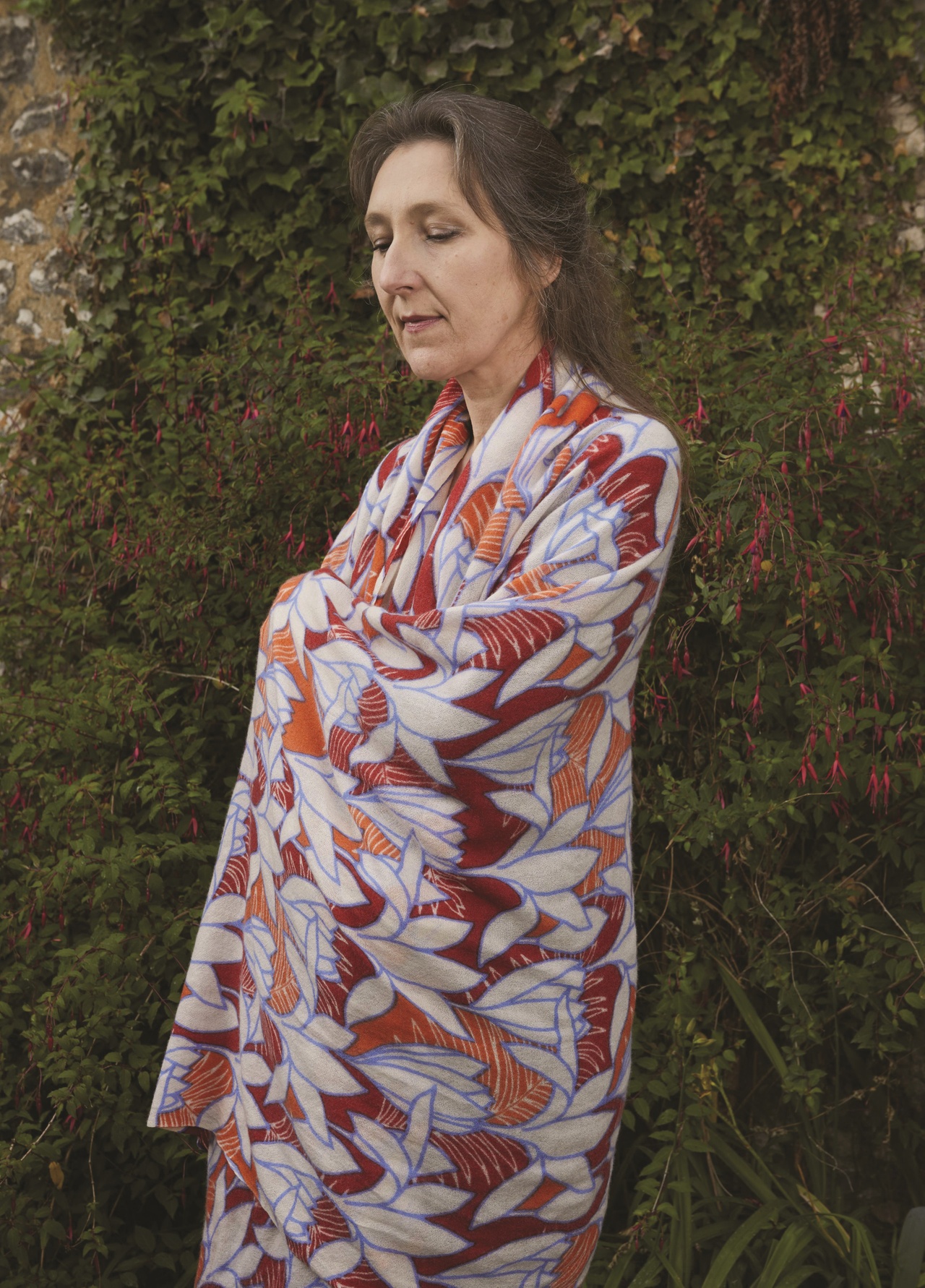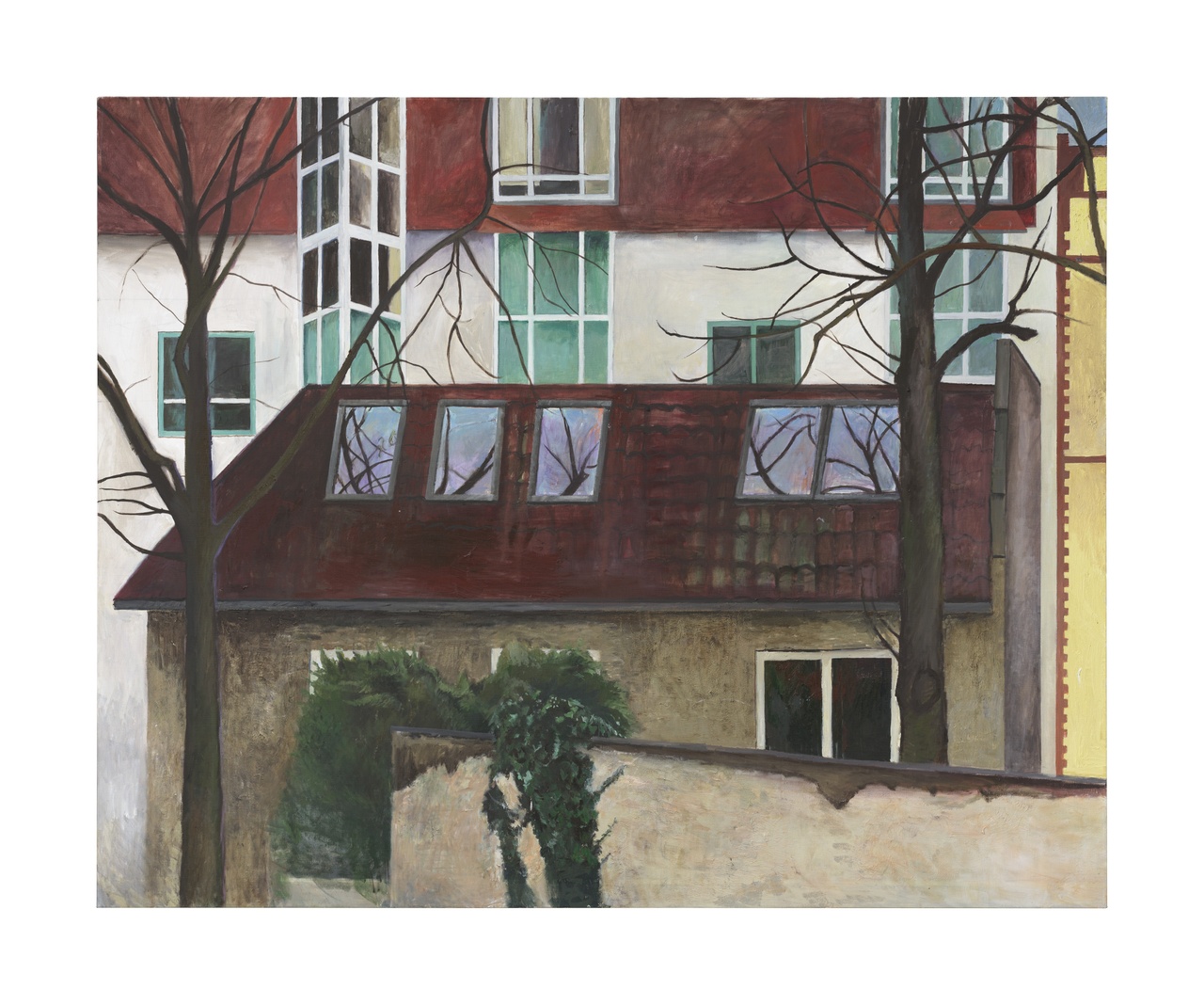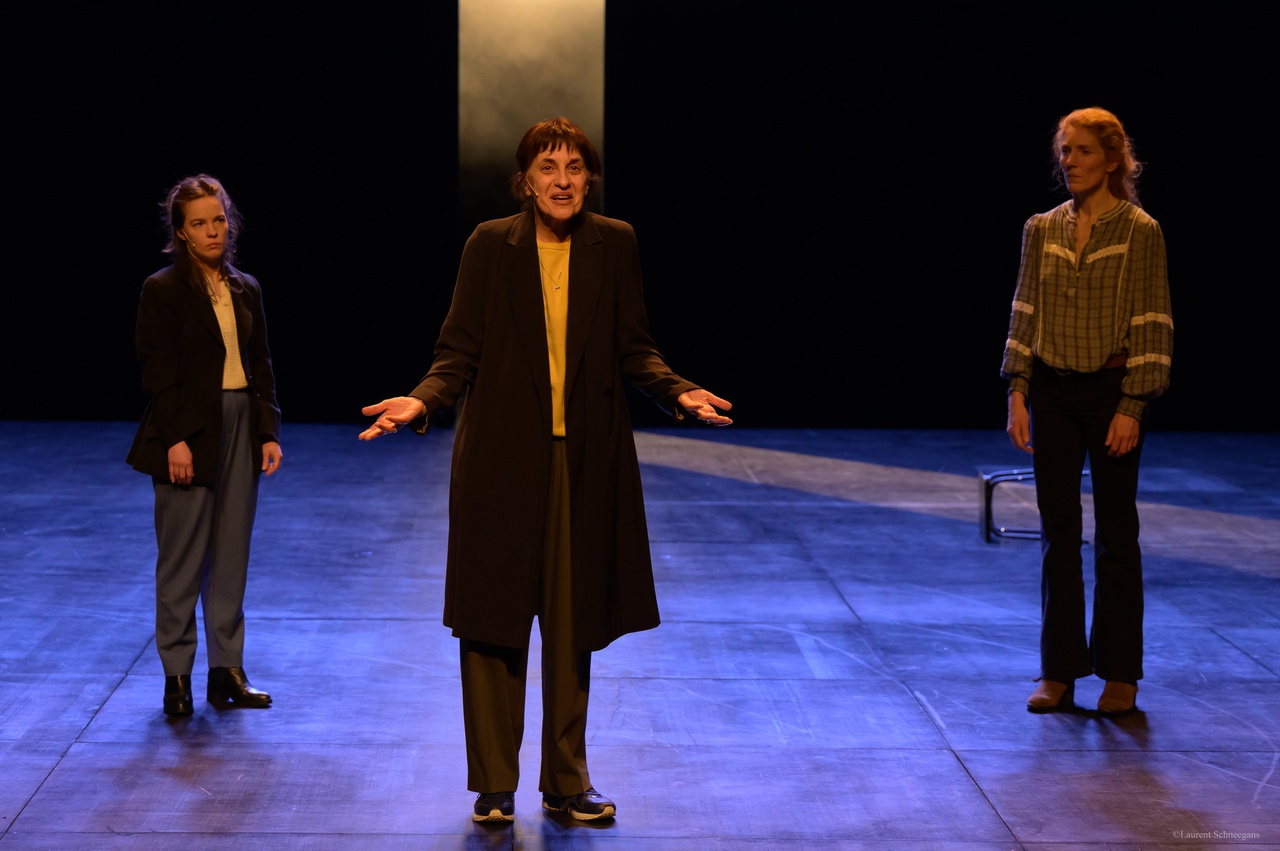SEEN & READ – VON ISABELLE GRAW Marie Darrieussecq, Amelie von Wulffen, Isabelle Lafon

Marie Darrieussecq, Fabriquer une femme

Marie Darrieussecq
This novel illustrates the power of phantasmatic projection. Rose and Solange, two young women from the French provinces, are close friends. After growing up together in Clèves, their lives ultimately take different paths: when Solange accidentally becomes pregnant at the age of 15, she leaves the child with its grandmother and sets off to Paris to try her luck as an actress. Rose enters into an early, long-term relationship with Christian, with whom Solange had previously had a fling. Both women – Rose narrates the book’s first half, Solange its second – believe the other made the better choice. Rose is bored of her life, feels unsure of her love for Christian, and envies what she assumes to be Solange’s thrilling, always-on-tour celebrity lifestyle. In truth, however, the latter gets drunk every night at Bain Douches and scrapes a living together from short-term jobs. Solange, for her part, envies Rose for her cool parents and her seemingly stable relationship with Christian. Marie Darrieussecq skillfully demonstrates the huge gap between projection and reality. Psychoanalyst Melanie Klein’s observation that our perception of others is strongly marked by fantasies feels even more pointed and accurate in light of this book. The narrative perspective chosen by the author is also interesting in terms of form: her protagonists comment on their actions back in the 1990s retrospectively, from today’s point of view. Knowing what might have been possible back in the day, but which is now closed off, adds a historiographical dimension to their personal narrations.
Éditons P.O.L, 2024, 329 Pages
“Amelie von Wulffen: I Think We Did a Great Job”

Amelie von Wulffen, “Atelier Aussicht vorne,” 2023
Three leitmotifs run through these coarsely painted and densely hung new paintings by Amelie von Wulffen: the color brown, the topos of the “picture-in-a-picture,” and the motif of the room divider. Smeared-seeming tones of brown and beige evoke the source of pigments – the earth – and conjure up a scatological dimension, while rendered-in-brown figures in brownish interiors (as at o.T., 2023) function as a painterly idiom for traumatic memories. The accompanying text – written by the artist and striking in its use of literary strategies – certainly suggests that these works critically engage both with dirty family secrets and with contemporary living conditions. My favorite of these paintings – der Roman (2024) – features a Munch-style “ugly child” surrounded by copies of the German children’s comic Fix und Foxi, here rendered in the style of pop art, leaving no doubt as to the unique horror of the German living room. A colorfully painted room divider, equipped with a bow, is a thread that runs through several paintings – as if von Wulffen were seeking to use her visual rhetoric to take the edge off the dismal goings-on here. As mentioned above, the “picture-in-a-picture” theme is also omnipresent: the heavy frames of the paintings rendered within her images recall heirlooms or thrift-store paintings. Particularly impressive for me were von Wulffen’s invocations of male heroes of painting, like those in the red-brownish-black figure portrait I Think We Did a Great Job (2024): Francisco de Goya, Odilon Redon, and Eugène Delacroix are rendered with microphones in their hands, as if to commemorate the compulsion to self-promotion and the particular expertise of male artists in this regard. The exhibition also focuses on von Wulffen’s own work environment: Atelier Aussicht vorne (2023) shows an old house in a beige typical of Berlin’s architecture, while to its rear stands a new white building like an oppressive psychological backdrop. Also on view is von Wulffen’s artistic interest in the shop-window decorations of the Weissensee district of Berlin in which she lives, manifested in quirky still lifes (Dessousladen Gustav-Adolf, 2023) or in Nefertiti-like colorful decorative heads in the midst of somber East Berlin facades (Friseur Langhansstraße, 2023).
Galerie Barbara Weiss, Berlin, March 9–April 13, 2024
Isabelle Lafon, Cavalières

Isabelle Lafon, “Cavalières,” Théâtre national de la Colline, Paris, 2024
Four women – Sarah Brannens, Karyll Elgrichi, Johanna Korthals Altes, and Isabelle Lafon – stand on stage, talking among one another incessantly. Their breathless speech recalls the discursive theater of the recently passed René Pollesch. What these women have in common is a love of riding: but as riders (cavalières) they do not always have their horses under control. On the contrary: their lives seem to slip away from them at times. Despite their different backgrounds, they live together in an apartment that remains invisible on stage. They take turns there looking after the (likewise absent) child of the apartment’s owner, played by director Isabelle Lafon. Each of the five women landed here for a different reason, a failed relationship here, a long-term stay abroad there. As flatmates, they share fragments of their past lives while also discussing their relationships to one another. The focus remains on the conflicts that stem from living together in a group – or more specifically, in a group of women. But rather than addressing their problems to one another directly, these women resort to written communiques: the letters and notes they send to each other are read out on stage and symbolically “dispatched.” I was particularly impressed by the director’s meta-reflexive insistence that stories do not have to be told to the end. It is a restraint which serves the play well: rather than allowing the protagonists to narrate their “real” lives, the play negotiates their relationship dynamics and modes of communication.
Théâtre national de la Colline, Paris, March 5–31, 2024
Isabelle Graw is the cofounder and publisher of TEXTE ZUR KUNST and teaches art history and theory at the Hochschule für Bildende Künste – Städelschule in Frankfurt am Main. Her most recent publications include In Another World: Notes, 2014–2017 (Sternberg Press, 2020), Three Cases of Value Reflection: Ponge, Whitten, Banksy (Sternberg Press, 2021), and On the Benefits of Friendship (Sternberg Press, 2023).
Image credit: 1. Rob Kulisek; 2. © Charles Freger / Éditons P.O.L; 3. Courtesy of Amelie von Wulffen and Galerie Barbara Weiss; 4. © Laurent Schneegans
